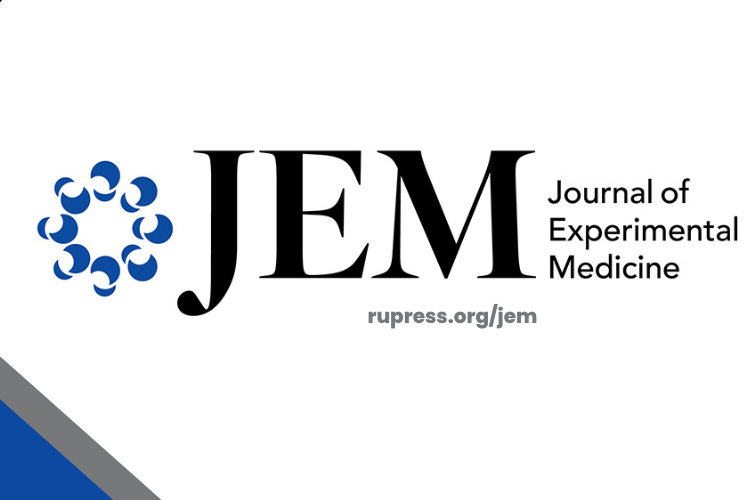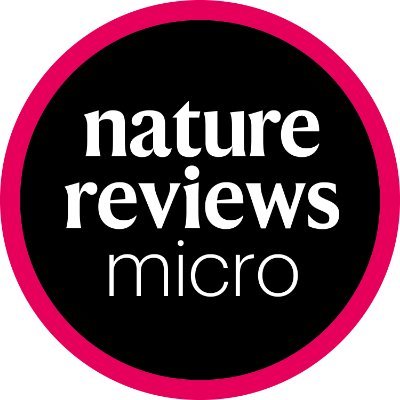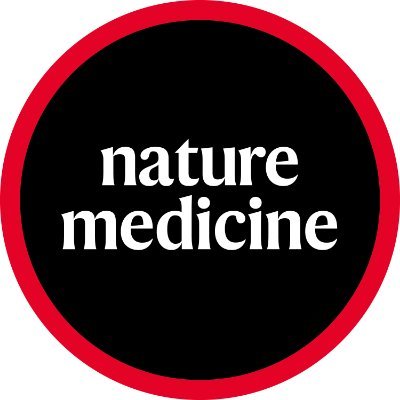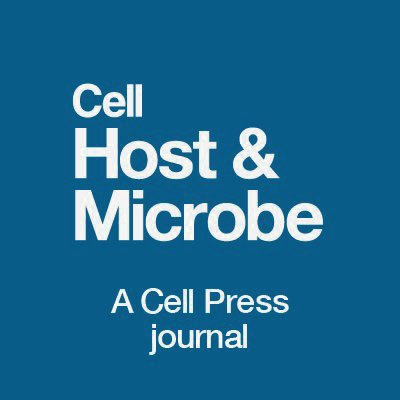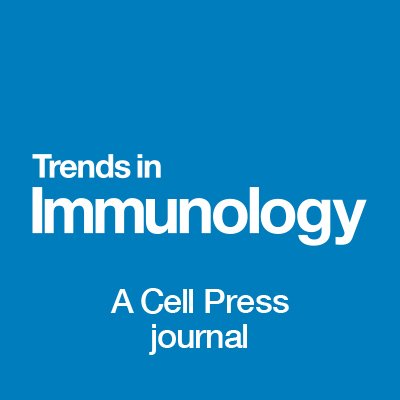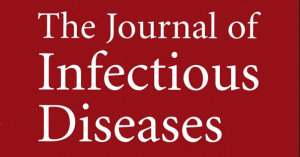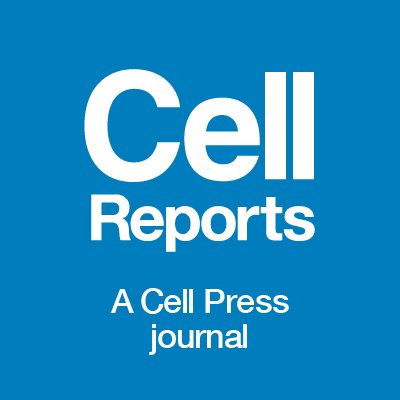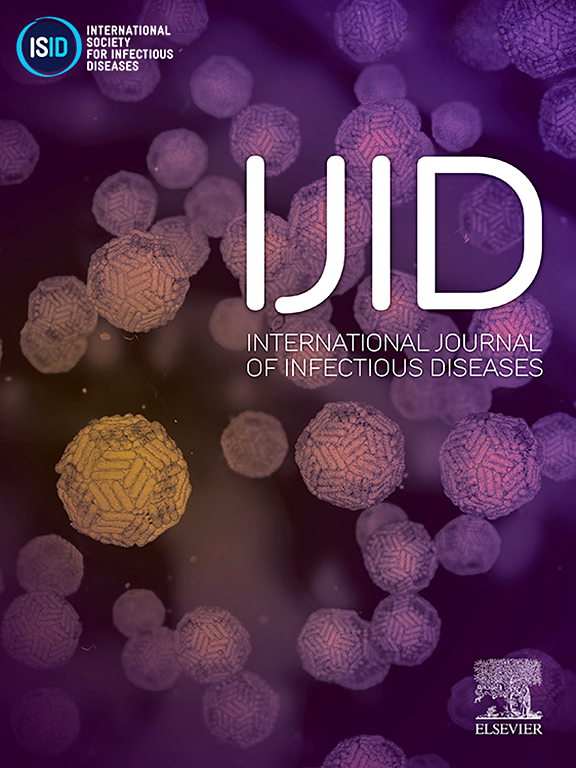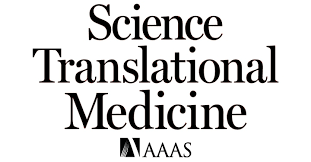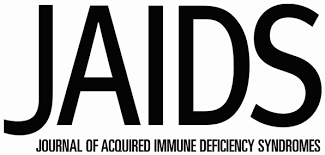RF-1 Pediatric Reservoirs
HIV Reservoir Dynamics and Composition in Perinatal Infection
Our overall goal is to develop a definitive understanding of the anatomic and cellular distribution of the latent reservoir (LR), its molecular features over time, and immune mechanisms that can effectively reduce or restrict the LR, with the aim of advancing strategies to eradicate the LR and achieve antiretroviral therapy (ART)-free remission in children with HIV-1
We hypothesize that the naïve immune milieu and unique epigenetic landscape in which the latent HIV-1 reservoir is established in perinatal infection, along with developmental differences in immune effector mechanisms combined with the effects of early/very early ART, significantly impact the size, stability, and composition of the LR over time, with important implications for tailoring ART-free remission and curative strategies for infants, children, adolescents, and young adults living with HIV-1.
Specific Aims
Aim 1: Molecular HIV Reservoir Cell Profiling
We will define the distribution, viral integration events, and clonality of the HIV-1 reservoir in different T-cell subsets and myeloid cells, early and later in the course of infection, through young adulthood during effective ART
Aim 3: Rebound Viremia
We will determine the contribution of CD4+ T-cell vs. myeloid-lineage cell reservoirs to rebound viremia
Aim 2: Innate and Adaptive Immune Profiling
We will Identify host immune effector mechanisms (innate and adaptive) that restrict the size or modulate the composition of the latent reservoir in very early- and early-treated children
Aim 4: CNS Reservoir
We will investigate associations between neurocognitive impairment, neuroinflammation, and HIV-1 persistence in adolescents living with perinatal HIV-1 treated from early infancy
Innovation and Current Research Milestones
Use of an existing platform of novel single-cell techniques to simultaneously profile proviral sequences and corresponding chromosomal integration sites to define the cellular distribution, epigenetic features, and dynamic evolution of the LR over time in children on suppressive ART.
Application of extensive immunophenotyping, functional assays, and biomarker studies to identify innate and/or adaptive immune parameters associated with the size and composition of the LR.
Utilization of an innovative approach combining plasma virion immunocapture (VIC) assays with novel HIV1 env sequencing approaches and cell tropism analyses to allow direct measurement of the contribution of a myeloid-lineage cell reservoir to rebound viremia off ART. Extensive genetic and phenotypic analyses of rebound viruses in children on ART alone vs ART + bNAbs will provide insights into selective pressures exerted in vivo by bNAbs and the susceptibility of rebound viruses to bNAbs.
Finally, studies combining longitudinal neurocognitive assessments and novel neuroimaging techniques with measures of HIV-1 persistence and neuroinflammation in well-characterized cohorts of very early-treated (VET) and early-treated (ET) children, adolescents, and young adults will shed light on the contribution of the CNS to HIV-1 persistence in perinatal infections, with important implication for HIV-1 eradication.
Program Directors

University of Massachusetts

Mass General Hospital



